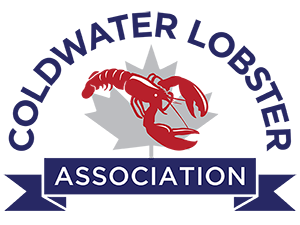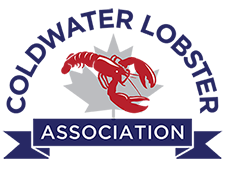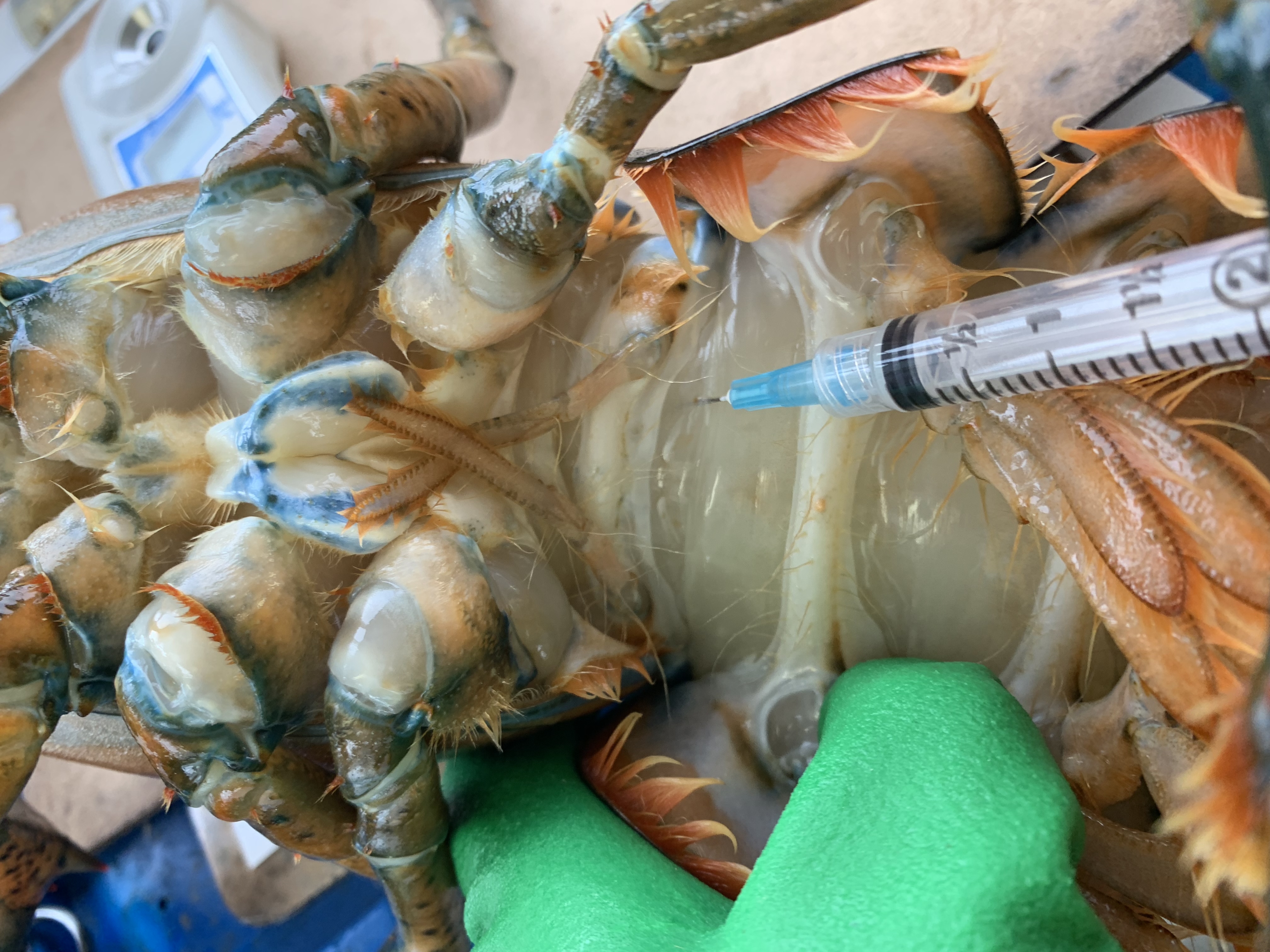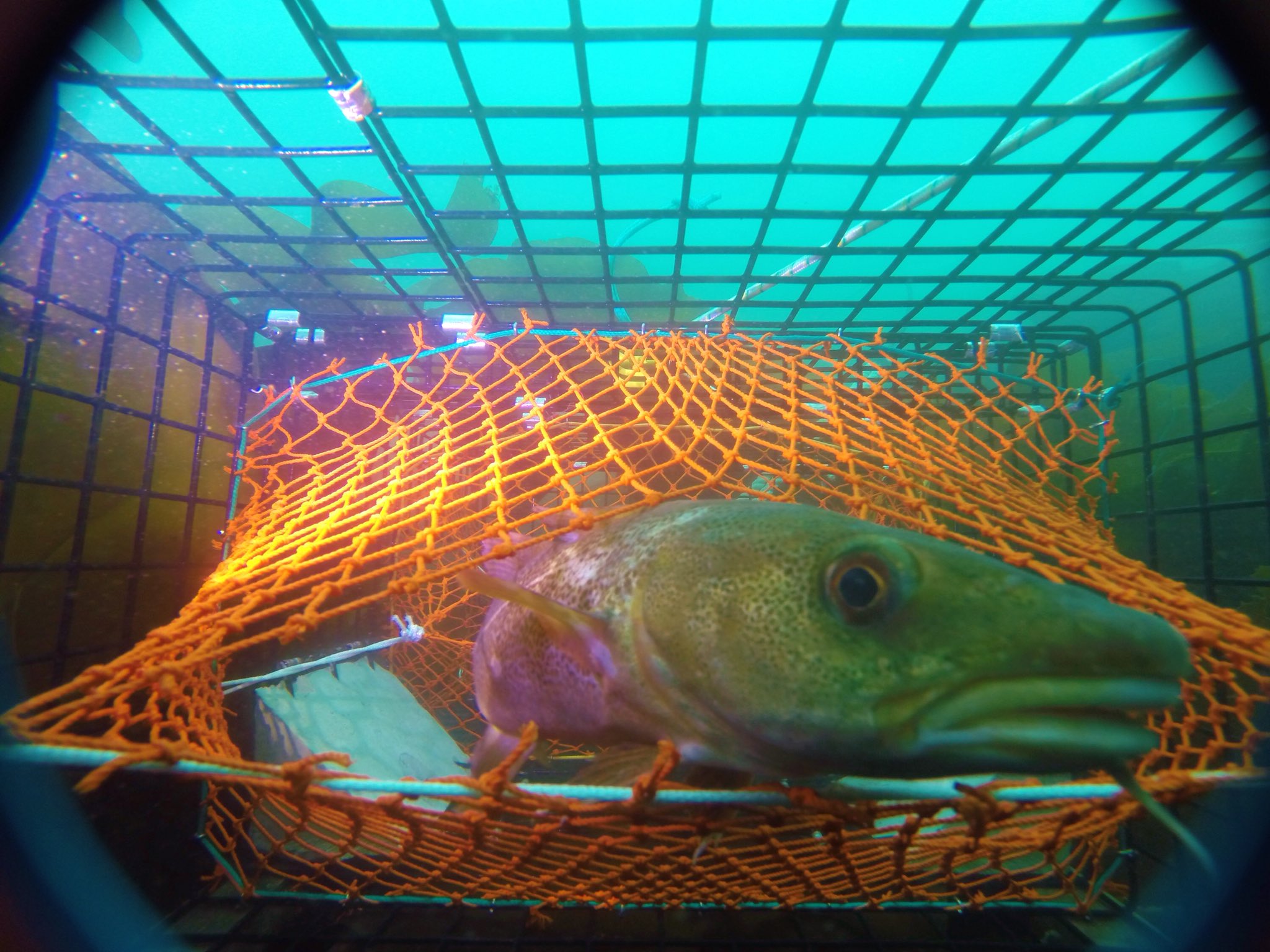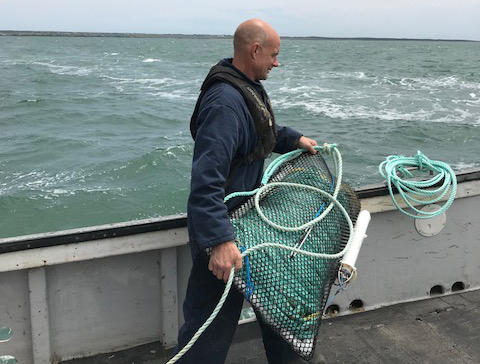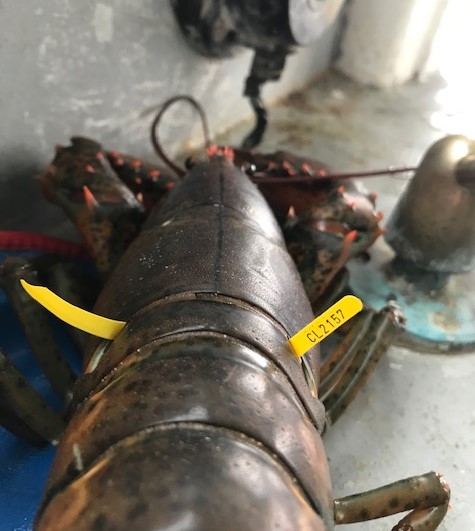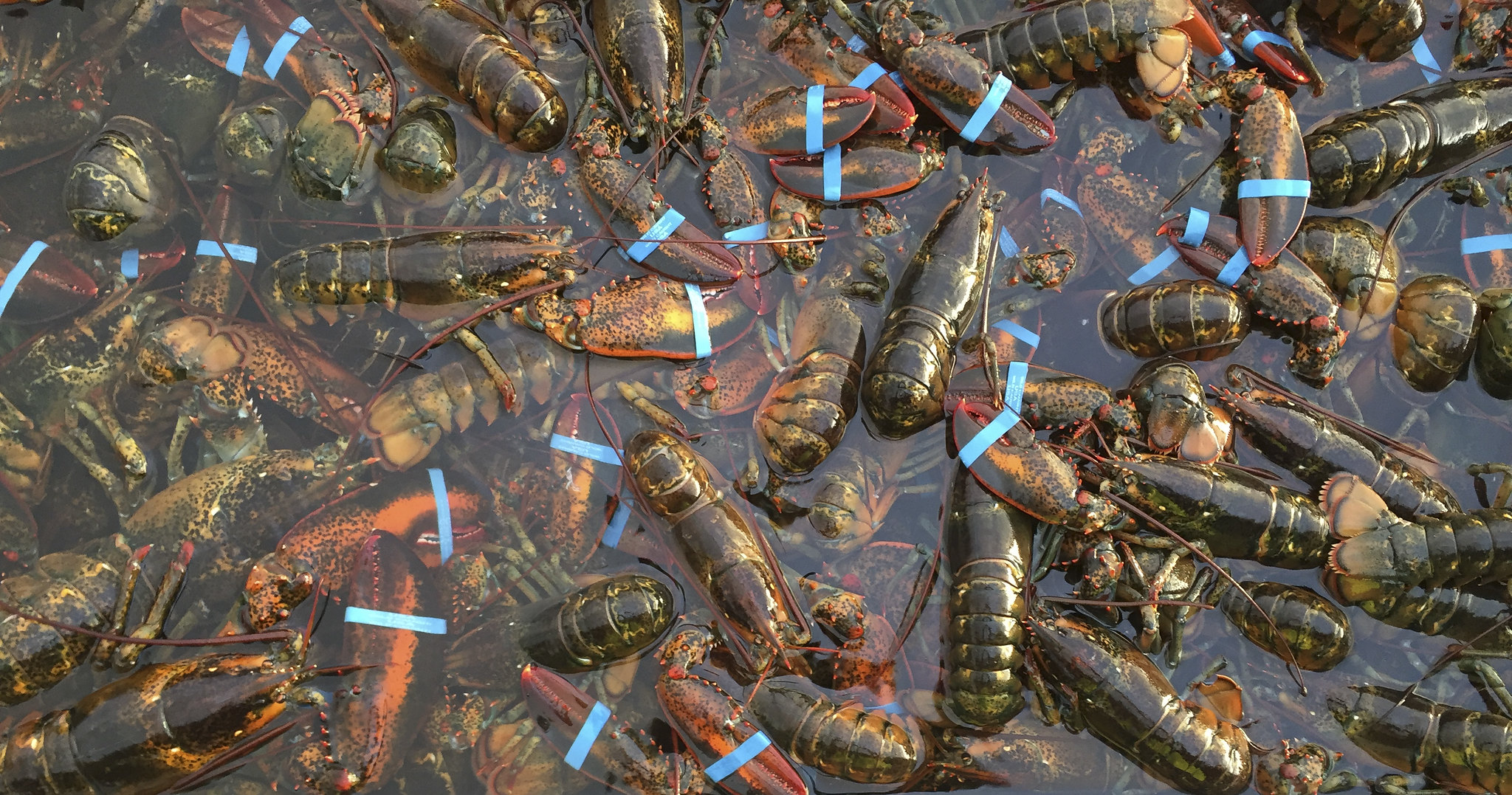Committed to Science Research
From our inception…
Coldwater Lobster Association (CLA) has exhibited a strong commitment to the scientific community and research initiatives. Recognizing the importance of how anthropogenic pressures and environmental changes, particularly climate change, have affected our coastal waters and our fishery is essential to the sustainability of our resource (lobster) and our livelihoods. Moreover, such pressures/changes may have adverse effects on the quantity and quality of the lobsters in our region, thus affecting the landed value.
Through partnerships with lobster buyers, industry leaders, academic institutions and government, CLA continues to strive for a greater knowledge of our fishery with quality data collection and analysis. CLA continues to pursue forward-thinking, scientific initiatives to achieve our long-term goal of acquiring large-scale inventory datasets for our region. Oceanographic datasets provide critical glimpses into our ever-changing oceans and by partnering with academic institutions and private companies, statistical modeling and evaluation can provide valuable insight into the effects of climate change, on lobster moult and quality, lobster movements, larval settlement, ocean temperatures etc..
While this website does not highlight all of the scientific research projects and innovative applied research testing that we’ve conducted, several of our projects are discussed in further detail in the sections below.
Project Collaboration & Applied Research
Coldwater Lobster Association has a keen interest in the research projects conducted throughout Atlantic Canada, particularly those projects tied to ocean and fisheries. Working on the water is our specialty and with our experienced captains, reliable crew, and project management expertise, we can get you on the water in no time and take your project to the next level. When you partner with CLA, you’re choosing to work with a team of experienced, collaborative professionals that offer local knowledge and expertise and a shared desire to explore practical solutions to enable responsible development for oceanic research. From passive acoustic hydrophone deployments, man overboard devices, ‘ropeless’ fishing gear technologies, environmental monitoring, and even working with international film crews, our research partners have relied on us to successfully execute their projects, often from prototype development to applied research testing.
How many times must a lobster molt before it reaches market size? Between 20 and 30 molts take place before a lobster reaches the one-pound market size.
How many one-pound lobsters are needed for a pound of lobster meat? Five, on the average.
Can a lobster be kept alive in fresh water with ice? No. Fresh water is lethal to a lobster. The animal has salty blood and tissue, which require a seawater environment if life is to be maintained.
